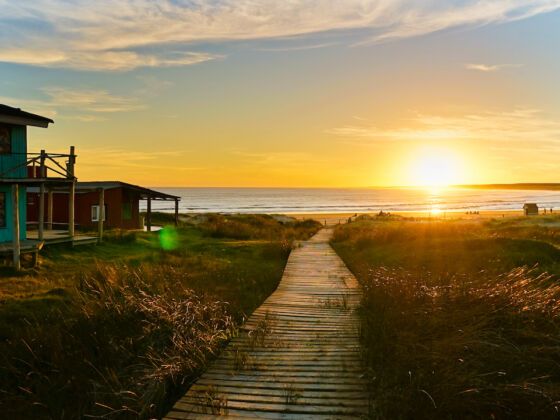IF THE BRIGHT LIGHTS and crowds of Punta del Este put you off, escape it all completely for a few days of mellow madness in Uruguay´s strangest treasure.
Cabo Polonio is a secret that is slowly leaking out, because once you know about it you can´t keep your mouth shut. With no running water, no electricity, no roads, and not an Internet cafe in sight, Cabo Polonio is a truly unique experience. Although this sandy outcrop is a permanent home to 70 people – an eclectic mix of fishermen, eccentric expats, and hippies – there isn´t even a postal address, as it has never been registered as a residence.
